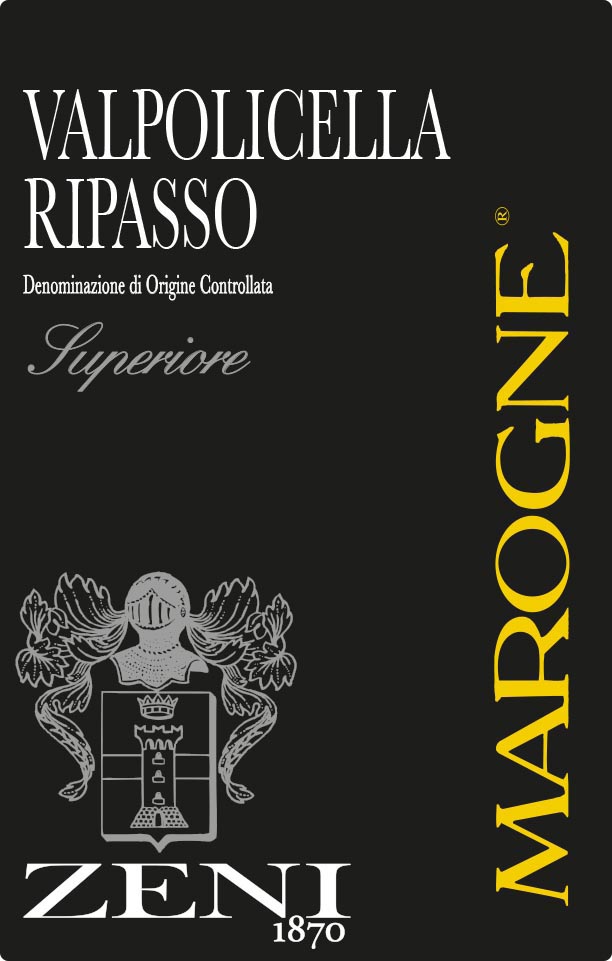
Monsieur Touton Selection, Ltd.
212-255-0674
contact@mtouton.com
www.mtouton.com
Zeni - Valpolicella Superiore Ripasso Marogne2022
RED WINE
PUBLIC
April 2025
Prices and availability subject to confirmation

- Producer Zeni Wines
-
Blend
60% Corvina
20% Corvinone
20% Rondinella - Country Italy
- Region Veneto
- Appellation Valpolicella Superiore Ripasso Marogne DOC
- UPC 0 15643 24535 0
Reviews
James Suckling 91
A chocolatey red that exudes notes of plums, nutmeg, sweet dates and dried herbs. It's full-bodied, juicy and creamy with a subtle sweetness to the chocolatey fruit. Drink now or hold.
by JS, James Suckling , 2024
Technical Details
Estate
Zeni Winery is a family-run winery that started its activity far back in the 1870s. The whole Zeni family has been fully and enthusiastically dedicated to the production of premium quality wines for 5 generations, and this is further testified by the grated care devoted to every single stage of the long wine production process from the growing of the vine to the harvest, to vinification, finishing, bottling and marketing of the wines.Set inside the Winery, the Wine Museum, realized by the owner Gaetano Zeni, was meant to offer evidence of the ancient winemaking culture the Zeni family is committed to for generations.
Food pairing
Recommended with grilled red meat, pasta with sauce, fermented cheese, roast meat.Harvest
Hand selection of the best grape bunches coming from hilly vineyards. The grape picked at the beginning of the harvest is collected in small crates and left to raisin before being vinified with the rest of the grape picked by the end of the harvest.Winery Technical Data
Soil: Red-brown soil on detrital, limestone marl and basaltic sediments.Yield: 90 ql/ha.
Ageing: In oak barrels for 10-12 months, depending on the vintage, followed by a short stay in stainless steel vats.
Tasting notes
Color: Deep ruby red.Nose: Vinous, full-bodied, with hints of black cherry and well-ripened fruit.
Palate: rounded, velvety, full-bodied and lingering.